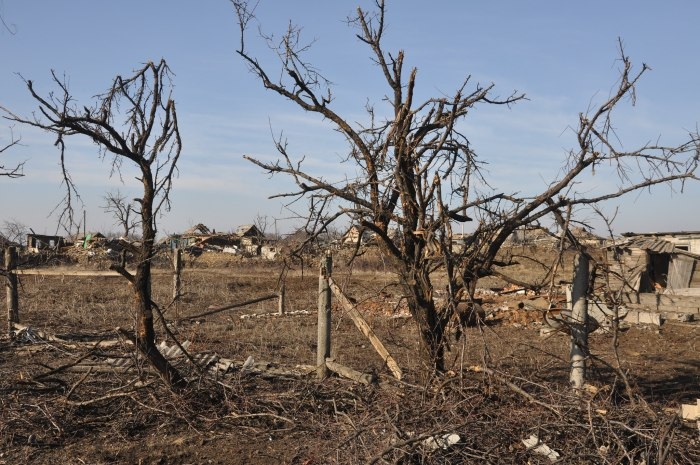
The new environment of war correspondents is characterised by instant messaging, borderless interaction and information warfare. Markus Ojala and Mervi Pantti of the University of Helsinki and Jarkko Kangas of the University of Tampere studied how correspondents enact their professional roles in various ways via Twitter.
The authors studied the tweets of three Finnish war reporters in Ukraine during one month in spring 2014. 487 tweets were analyised qualitatively, looking at hashtags, links, mentions and argumentative content.
The article present four roles performed by correspondents: disseminator, interpreter, advocate and community-builder. Twitter often makes these role enactments more transparent, though the roles can also become a target for public controversy.
These roles are strategic practices, the authors state. The roles of disseminator and interpreter allow correspondents to present themselves as neutral observers. The advocate role emphasises reporters’ independence from the conflict’s parties. The growingly important community-building role helps journalists to validate their own interpretations and direct each other’s attention to events and sources of information.
Even if social media offers a plethora of information, interpretations and disinformation, Twitter may paradoxically even reinforce the creation of uniform interpretations out of complex issues, due to these communities that evolve, the authors conclude.
The article “Professional role enactment amid information warfare” was published in Journalism and is available online (free abstract).
Picture: Ukraine: Survival on the frontline by European Commission, license CC BY-ND 2.0